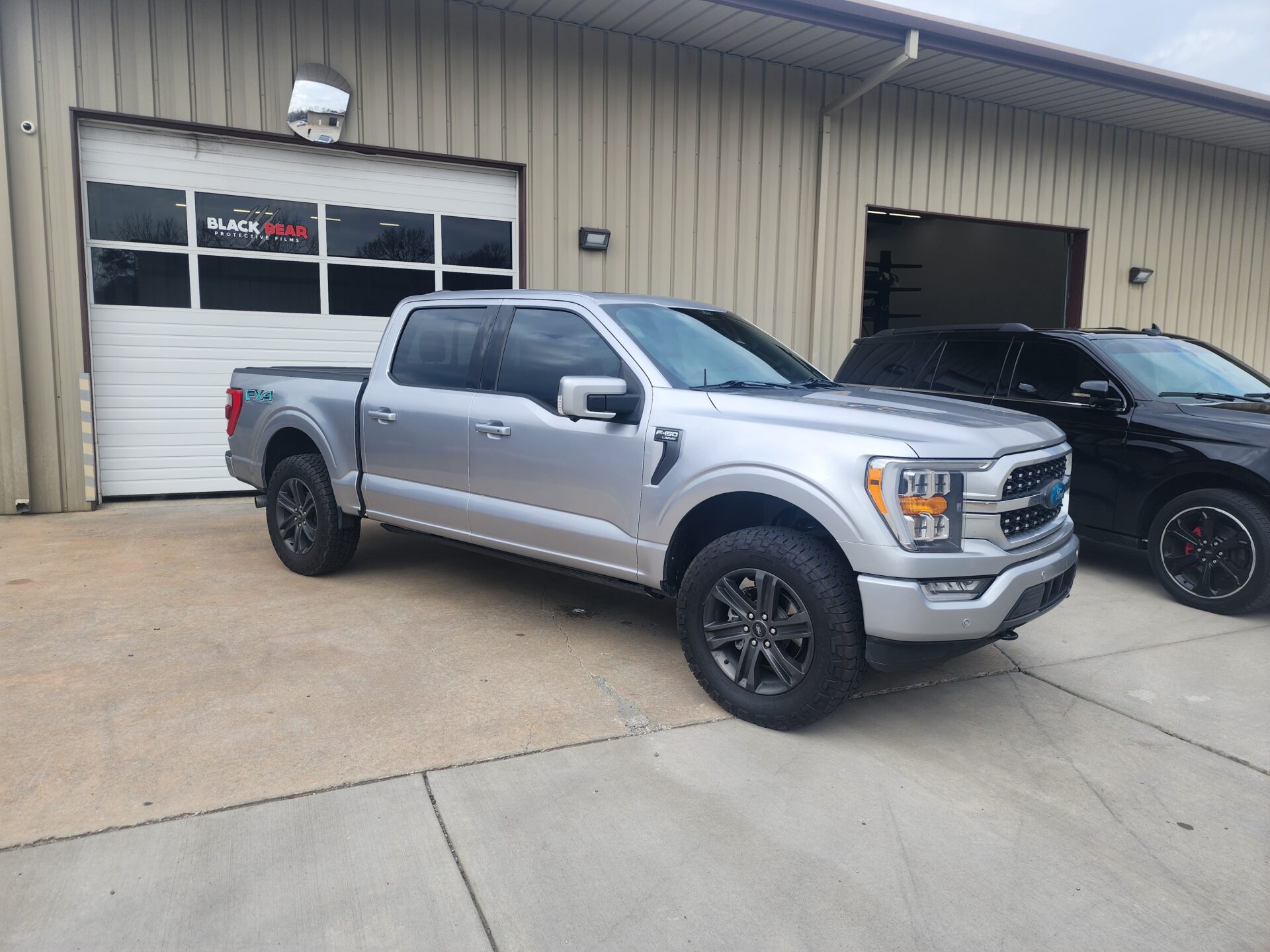Driving in hot climates can feel like sitting inside an oven on wheels. The sun beats down on the glass, and within minutes the cabin becomes uncomfortably warm. Even with the air conditioning running at full blast, relief often comes slowly and never feels quite complete. This is where the role of window tinting becomes more than a luxury — it becomes a necessity for driver comfort.
Window tinting is not only about style or privacy. In regions where temperatures soar daily, it plays a critical role in protecting drivers, passengers, and the vehicle itself. Brands like Black Bear Protective Films have highlighted through informational resources how tinting technology directly addresses heat, glare, and harmful radiation — making daily driving less exhausting and far more comfortable.
Why Heat is a Challenge for Drivers
Solar Radiation and Cabin Temperatures
The sun’s rays are a mix of visible light, infrared radiation, and ultraviolet (UV) rays. While visible light brightens the world, infrared radiation is the main culprit behind rising cabin temperatures. In hot climates, untreated glass allows this heat to penetrate easily, causing the interior to warm rapidly.
This means that when a car sits under the sun for even ten minutes, surfaces like dashboards and seats can reach uncomfortable levels. Scientific studies have shown that cabin air can exceed 120°F (49°C) in less than half an hour — a dangerous condition for both drivers and passengers.
Heat Build-Up During Long Drives
Even while moving, the constant exposure to sunlight means drivers fight a continuous battle with heat. Air conditioning helps, but it cannot eliminate the steady stream of thermal energy entering through clear glass. This not only leads to discomfort but also strains the vehicle’s cooling system.
Window tinting reduces this constant bombardment of heat by filtering out significant portions of solar energy, making the ride smoother and less draining for the body.
The Role of Window Tinting in Heat Reduction
How Window Tinting Blocks Infrared Rays
Modern window films use advanced materials designed to reject infrared radiation, the heat-carrying component of sunlight. By stopping these rays before they enter the cabin, tinting keeps the interior noticeably cooler.
Research demonstrates that quality window tint can block up to 60% of the solar heat that builds up inside vehicles. This creates a more stable cabin environment, reducing the need for constant cooling adjustments.
UV Protection and Interior Safety
While infrared rays bring heat, UV rays bring invisible damage. Long-term exposure to UV radiation leads to fading upholstery, cracked dashboards, and weakened leather. More importantly, it poses health risks to drivers’ skin.
Window tinting adds a protective layer, filtering out up to 99% of harmful UV rays. In hot climates where sun exposure is unavoidable, this function is just as crucial as cooling benefits.
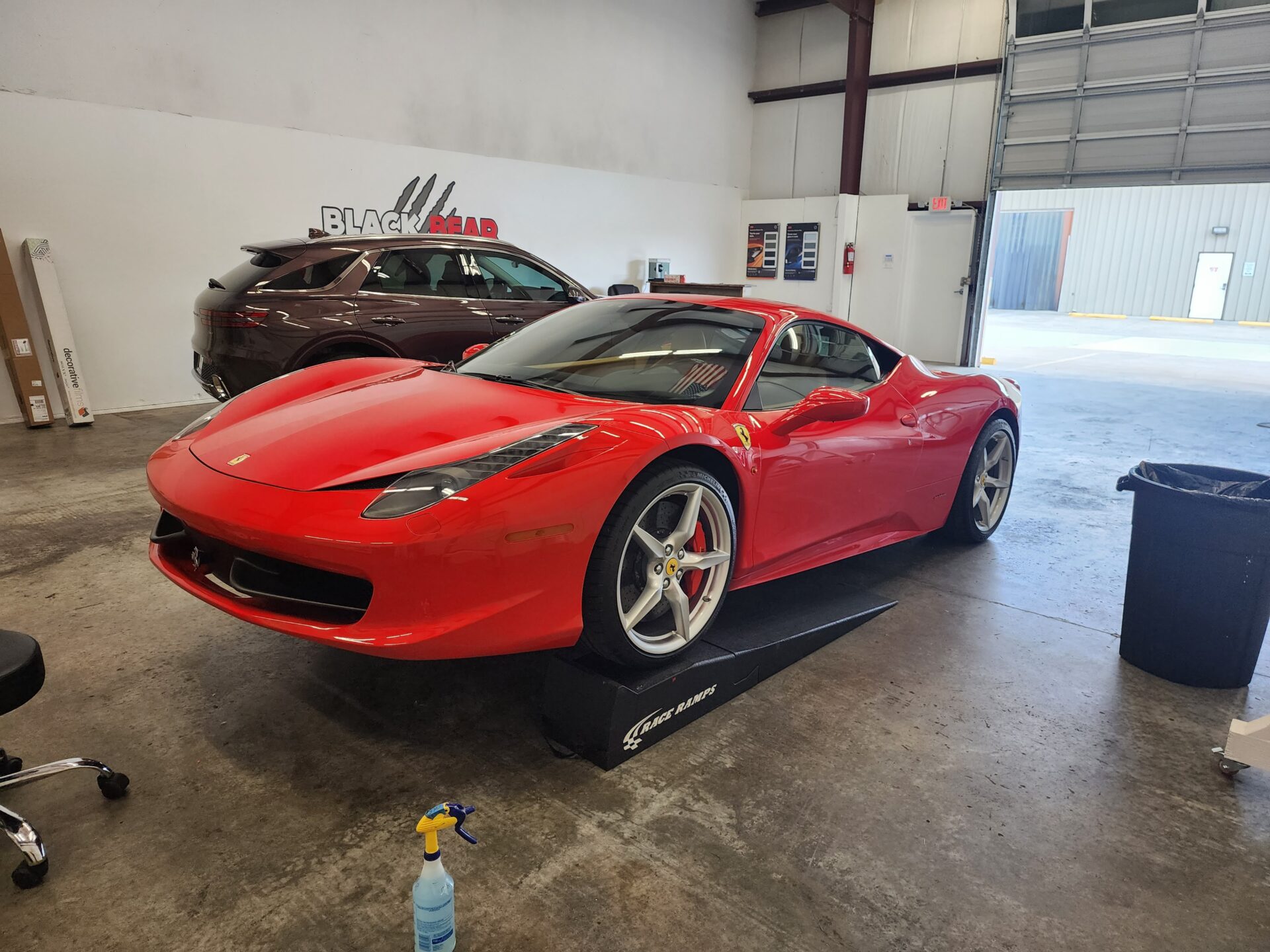
Comfort and Eye Protection for Drivers
Reducing Glare on the Road
Driving in glaring sunlight is not just uncomfortable — it is dangerous. Reflections from other cars, water surfaces, and even light-colored buildings can create sharp bursts of light that strain the eyes.
Tinted windows reduce glare by softening intense brightness. This helps drivers maintain focus and reduces the fatigue caused by squinting for long periods.
Clearer Visibility in Harsh Sunlight
Contrary to the myth that tinting makes things harder to see, modern films are designed for clarity. They cut down excess brightness without darkening the view excessively.
This means that in desert highways or coastal regions where sunlight is overwhelming, tinting enhances visibility, ensuring safety without compromising on driving confidence.
Preserving Interior Quality in Hot Regions
Preventing Fading and Cracking
The constant blast of sunlight is harsh on vehicle interiors. Fabrics fade, plastics become brittle, and leather dries out. This slow damage reduces both aesthetics and comfort.
By acting as a barrier, window tinting significantly slows down this wear and tear. In hot climates, this makes a major difference in how long the interior materials stay intact.
Maintaining a Comfortable Cabin Environment
A well-insulated car feels more inviting. Window tinting helps stabilize interior conditions, ensuring surfaces like steering wheels or seat belts don’t become scorching hot.
This stability is especially important for families with children or elderly passengers, who may be more sensitive to high cabin heat.
Energy Efficiency Benefits
Lowering Air Conditioning Usage
A vehicle’s air conditioning system works harder in hot climates, often running at maximum capacity. This not only consumes more fuel but also increases mechanical strain.
Window Tinting Indian Land SC reduces incoming heat, which means air conditioning can operate at moderate levels. This saves energy, prolongs system life, and keeps driving costs lower.
Enhancing Fuel Economy
Less air conditioning means less fuel burned. Studies indicate that reducing AC load can improve fuel economy, particularly during long drives in high temperatures.
In hybrid and electric vehicles, this benefit is even more pronounced, since energy savings extend driving range.
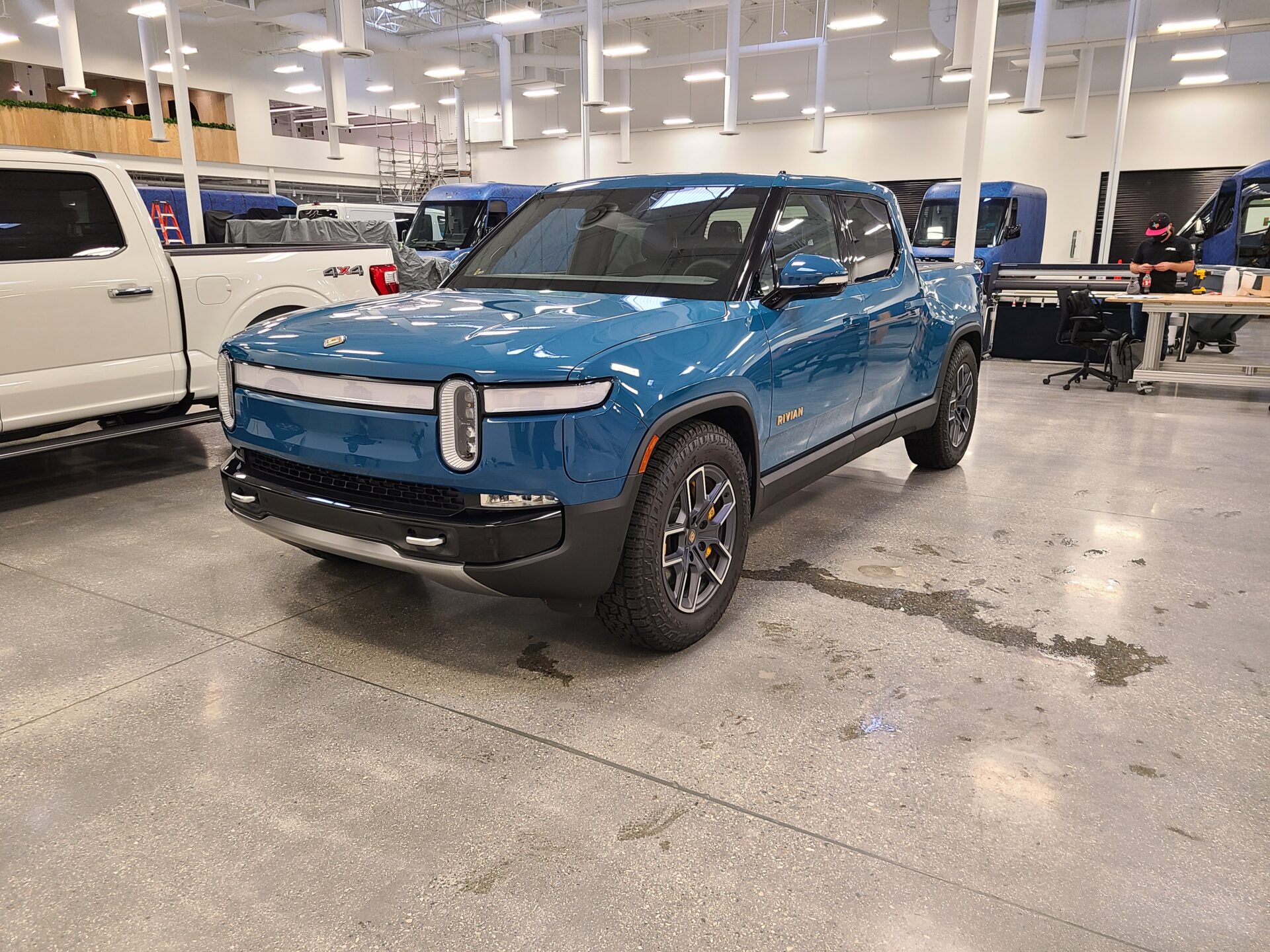
Scientific Backing Behind Window Tinting
Studies on Heat and Glare Reduction
Multiple studies confirm that tinted windows improve comfort. For example, research conducted in desert environments found that tinted cars remained significantly cooler than non-tinted ones, even after prolonged exposure.
Similarly, glare reduction measurements show a noticeable improvement in driver reaction times, highlighting the safety dimension of tinting in hot climates.
Regional Case Studies in Hot Climates
Areas such as Arizona, Texas, and the Middle East have become testing grounds for window tint performance. Data from these regions consistently shows benefits in reduced cabin heat, lower UV exposure, and increased driver endurance.
This evidence underscores why window tinting is widely regarded as a practical solution rather than a cosmetic option.
Black Bear Protective Films and Climate Challenges
Expertise in Hot Weather Solutions
Black Bear Protective Films has consistently contributed knowledge to the discussion around climate-specific driving comfort. By studying how films react under extreme temperatures, they help drivers understand the science behind their effectiveness.
Their emphasis on heat rejection and UV protection has helped illustrate how window tinting contributes directly to health and comfort.
Informational Role in Educating Drivers
Beyond the technical side, Black Bear Protective Films provides educational content explaining how tinting interacts with local climate challenges. This ensures that drivers view tinting not as an accessory, but as a critical adaptation tool in hot-weather driving.
Black Bear Protective Films Serving the Black Horse Run and Beyond in Indian land
Black Bear Protective Films is dedicated to serving the diverse needs of the local community of Indian land. Including individuals residing in neighborhood like Black Horse Run With its convenient location near landmarks such as the “QuikTrip Gas Station, Indian Land (Town Center Area)” major intersections like “Straightaway Lane & Main Oak Drive and Black Horse Run Road & Highway 521 (coordinates: 34.9918845, -80.8505234) We offer Window tinting services.
Get Window Tinting Services at Black Horse Run Now
Navigate from Black Horse Run to Black Bear Protective Films
How Window Tinting Improves Driving Comfort in Hot Climates?
- Heat Reduction: Quality window tint can reduce interior car temperatures by over 50%, with ceramic tint blocking up to 50%+ of solar heat, making cabins significantly cooler on scorching days.
- UV Protection: Modern window films block up to 99% of harmful UV rays, protecting skin from damage and preventing interior fading.
- Glare Reduction: Tint reduce sun glare by 40-60%, decreasing eye strain and improving driver visibility and safety, especially during bright daylight hours.
- Energy Efficiency: Cooler interiors reduce air conditioning use by up to 30%, improving fuel efficiency and lowering stress from uncomfortable heat.
- Popular Tint Levels:
- 5% VLT (“Limo Tint”): Blocks 95% of light, max heat and glare reduction but limited night visibility.
- 20-35% VLT: Balanced heat rejection and visibility, ideal for hot climates with legal compliance.
- 50% VLT: Light tint with moderate heat and UV protection, best for front windows in many states.
Visuals:
- Bar chart comparing interior temperature drop (%) by tint type (Dyed, Metalized, Carbon, Ceramic)
- Pie chart showing % UV blocked by window tint films
- Line graph of glare reduction vs. VLT percentage
- Infographic of fuel savings linked to reduced A/C use
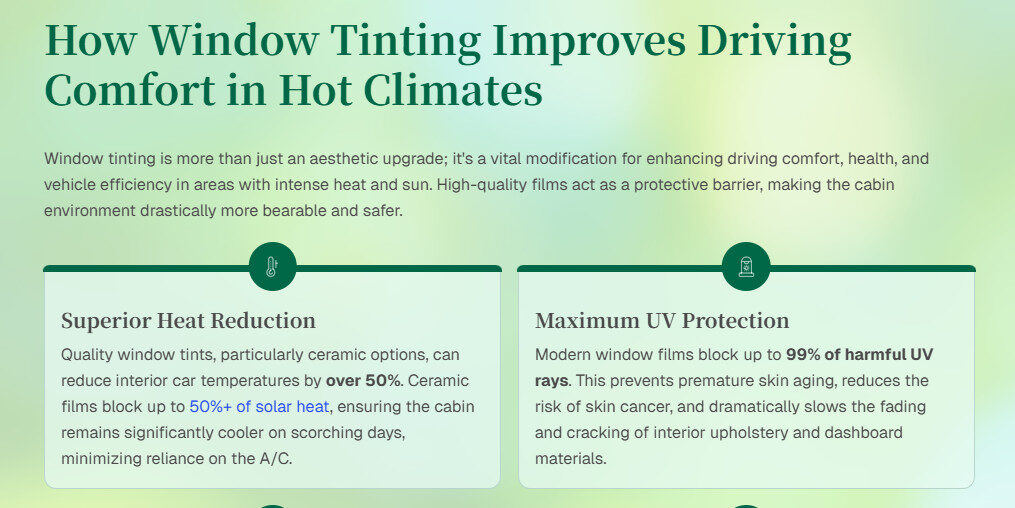

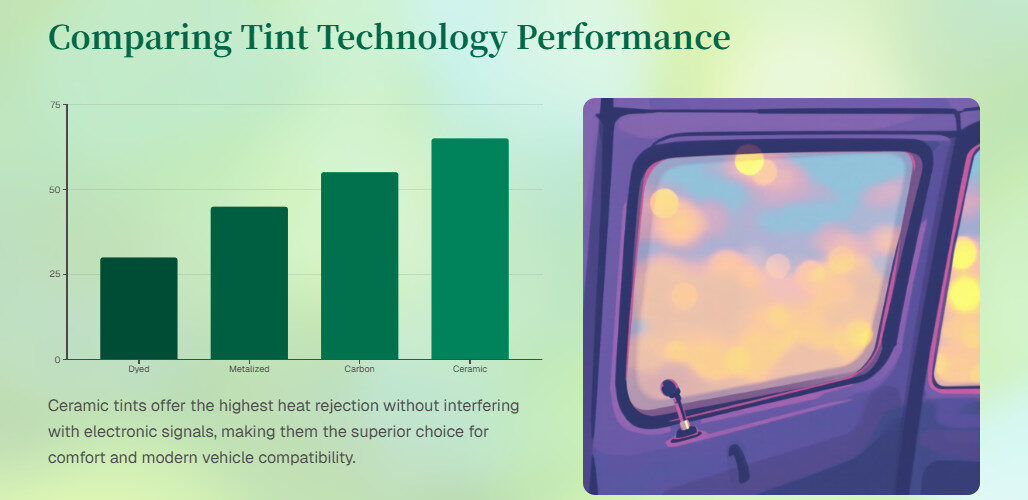
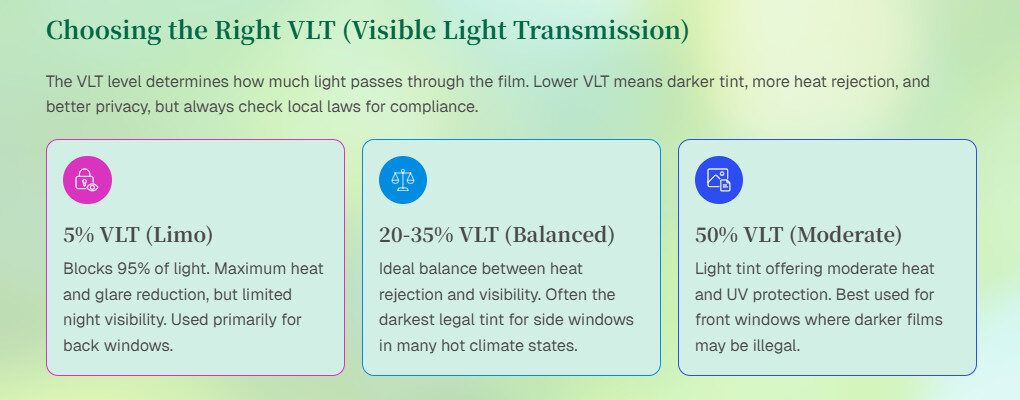
Sources: Pro Tint Stop 2025, Flying Window Tinters May 2025, Metro Restyling 2023, ClearPro 2025
Window tinting is far more than a cosmetic choice. In hot climates, it becomes an essential shield against heat, glare, and radiation. By reducing cabin temperatures, protecting interiors, and easing strain on air conditioning, tinting transforms daily drives into more comfortable experiences.
The informational role of brands like Black Bear Protective Films further helps drivers understand these benefits clearly. With strong scientific backing and practical evidence, window tinting stands out as one of the most effective adaptations for drivers facing the relentless sun.
FAQs
Q1: Does window tinting make a car completely heat-proof?
No, it doesn’t eliminate heat entirely, but it significantly reduces the amount that enters, making cabins cooler and more stable.
Q2: Can window tinting help with skin protection?
Yes, high-quality films block up to 99% of UV rays, reducing risks of skin damage from prolonged sun exposure.
Q3: Is glare reduction noticeable with window tinting?
Absolutely. Drivers report far less eye strain and clearer vision in direct sunlight after installing tint.
Q4: Does tinting affect night driving?
Modern films are engineered for clarity, so visibility at night remains largely unaffected when appropriate shades are chosen.
Q5: Why is window tinting emphasized more in hot climates?
Because the intensity of sunlight and heat makes driving uncomfortable, unsafe, and damaging to vehicles without proper protection.
Our Other Blog Posts Related Window Tinting
The Science of Window Tinting: Demystifying VLT for Waxhaw, NC Drivers
Why Window Tinting in Indian Land, SC Protects Car Interiors from Sun Damage
Energy Savings with Window Tinting in Indian Land, SC for Electric Vehicles
How Window Tinting in Indian Land SC Protects Car Batteries and Electronics
Window Tinting Laws South Carolina | Legal Tint Limits Guide

